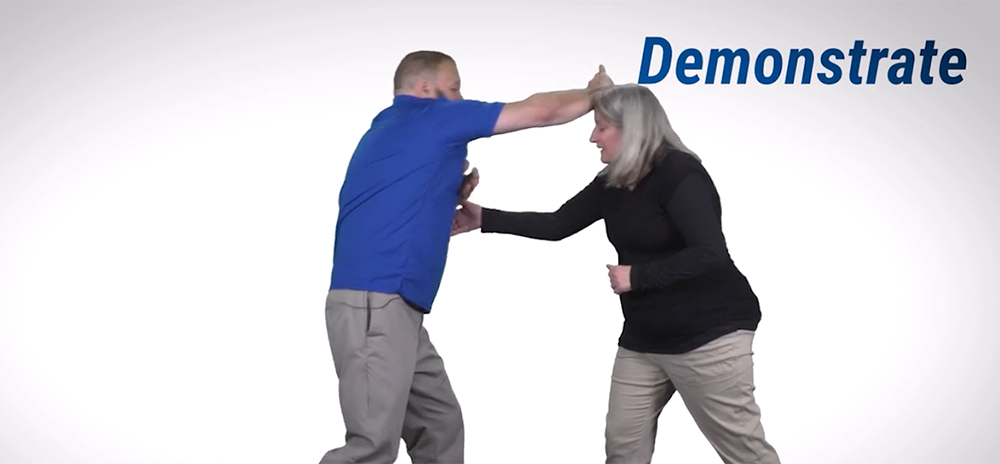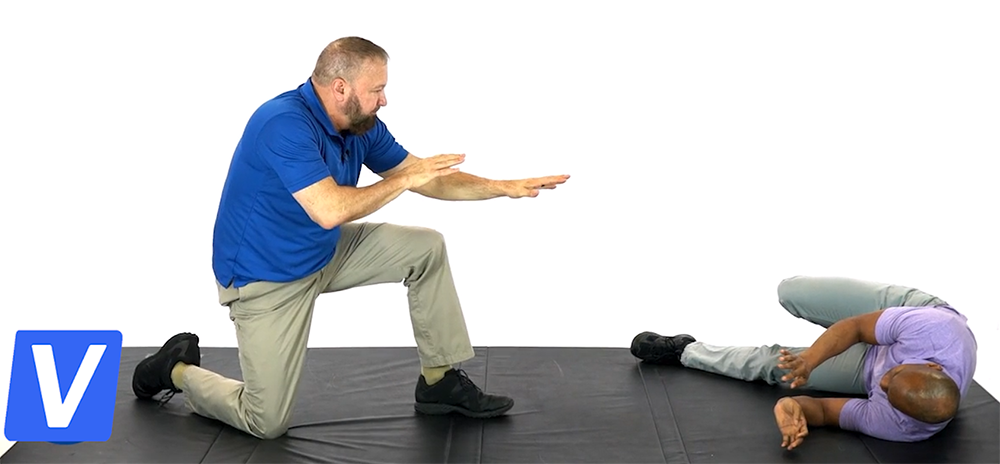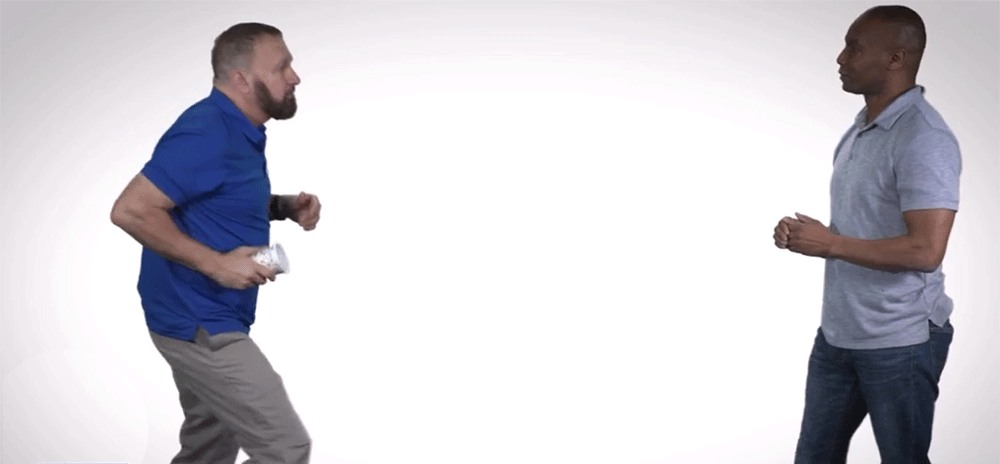Just like spitting, biting is a degrading form of assault, besides being very painful, frightening, and dangerous. These assaults can be due to a patient being on medication or otherwise disorientated, or they can be a personal attack due to a prior issue. Healthcare unavoidably brings people up close and personal, because treatement places us in close proximity. Also, healthcare settings by their nature are enclosed and confined spaces.
Bites, of course, increase the possibility of infection, as well as serious and even lethal injury. A human bite can be even more dangerous than many animal bites, because of bacteria and viruses contained in our mouths.
We should also never underestimate the power of the human bite. Infact, the adult human bite generates and average of about 160 pounds per square inch of crushing force, making it greater than or equal in force to the bite of many common house dogs. Such force is capable of removing fingers and opening blood vessels. And when patients bite it's not always just on the arm, as clearly seen in this case involving a patient in Seattle, WA, biting a nurse’s ear off.
The puropse of the Vistelar skill sets Bite Avoidance and Bite Defense are to first avoid bites before they happen, by managing distance and position; and secondly, to defend and disengage from bites that we have failed to avoid. An important thing to remember about bites is that the targeted area will be closest to the attacker.
For many adults, bites are a defense of last resort--a frantic effort to exert or defend themselves. However, biting is often the first line of defense for small children, typically up to age 3 or 4. Patients of all ages experiencing cognitive challenges, possibly due to brain injuires, dementia, intoxication, and other causes must also be considered a bite risk.
Review the video below and watch for the following components so you can start learning to defend against a bite. It's always safest to use a training or CPR mannequin to simulate a real person when praticing.
1) Position yourself so that you can use both arms for defense.
2) Bring the targeted bite area close to your body, so can use your other hand to secure the back of the attacker’s head and pull them in closer for support.
3) Stabilze their head. The purpose of holding their head in place is so they cannot pull away or shake their head violently.
4) Use the thumb or finger pads of your freehand and gently press small circles into their cheek area until they release their bite. Avoid pulling your hand away when their mouth is still closed on your hand. The main goal is to stop the person’s mouth from biting a finger or breaking the skin during the bite.
4) Instruct them to open their mouth and stop hurting you. Guide their head off your hand and away from you as you reassess the situation.
Watch this video to see Bite Defense in action:









